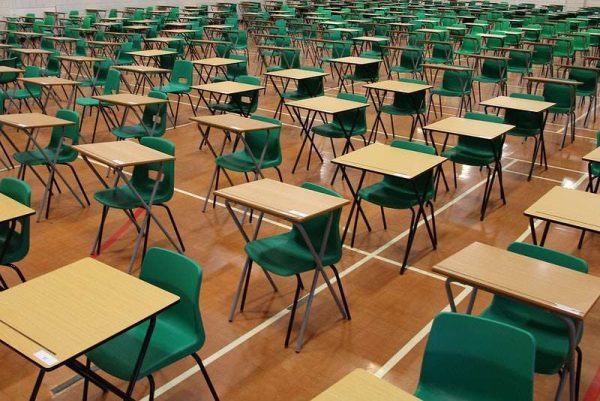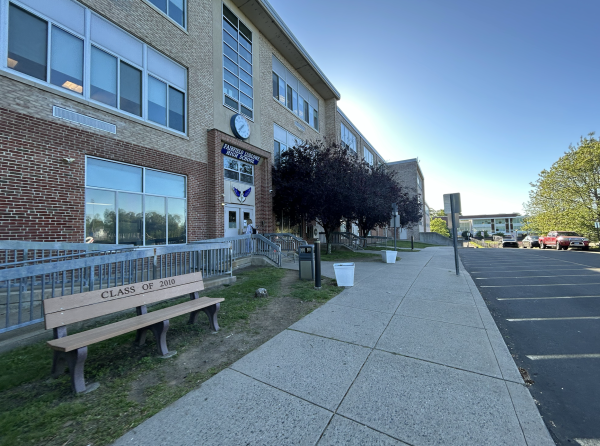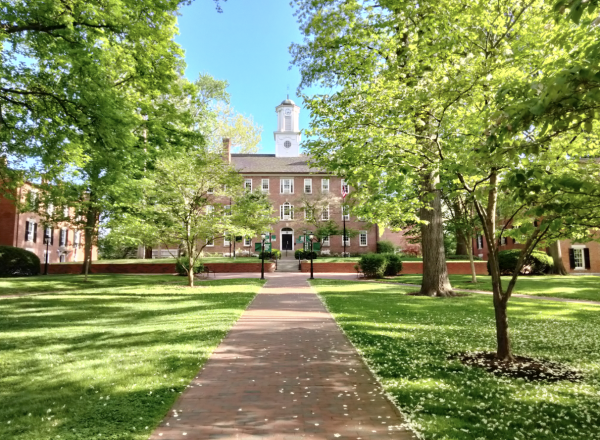Homelessness and COVID-19: What You Should Know and What You Can Do to Help
European Public Health Alliance
COVID-19 has worsened the conditions of homelessness in America.
The coronavirus has impacted us all, whether it has been missing out on important events, struggling with mental health, or even losing a loved one. During these difficult and unprecedented times, it is important that we be kind to others and use our privilege for good. We can do this by helping those in need, such as the homeless population, who have been one of the most impacted groups by COVID-19 in the U.S.
Homeless shelters are essential for homeless people, providing them with food, water, and a roof over their heads, which is especially important during the winter months. Along with the other struggles of homelessness, the winter months bring frigid temperatures and sickness. According to endhomelessness.org, 567,715 Americans experienced homelessness in January of 2019. This number has only increased as a result of the coronavirus. People are being laid off from their jobs and evicted from their homes, left with no place to live. However, even as homelessness has rapidly increased, homeless shelters have limited their capacity, and some have even closed, due to the rapid spread of COVID in shelters. At the beginning of the pandemic in March of 2020, 1 in 3 people living in Boston’s large homeless shelters contracted the coronavirus. The rapid spread combined with less people willing to volunteer at shelters has left people struggling to survive on the streets: cold, hungry, and susceptible to disease. According to the Howard Center for Investigative Journalism, homeless people are more likely to interact with the public and have poorer health than the average person, making them the most impacted group by the coronavirus.
Although COVID-19 has worsened the conditions of homelessness in America, many believe that this will cause a significant, and positive, shift in how cities treat their homeless population. The CEO of the National Health Care for the Homeless Council, Bobby Watts, agrees with this, saying, “For the first time, many cities were concerned for the health of their neighbors without homes.” Multiple cities across the country have supplied their homeless population with temporary housing in response to the sudden lack of space in homeless shelters. For example, Governor Newsom of California gave out grants for long term housing in hotels and apartments.
Government officials are working hard to fight the homelessness epidemic, but what can regular citizens do to help? Firstly, everyday preventative measures such as wearing a mask and social distancing help decrease the spread of COVID-19. You can also make donations to homeless shelters, and homeless people themselves. These donations include, but are not limited to, masks, disinfectants, coats, food, and water. A good place to start is at Operation Hope in Fairfield, where you can donate money, canned goods, toiletries, and more. Their website has a full list of what they need at this time. Ending homelessness is a process, but there are steps we can all take to help those who are less fortunate, especially in a time like this.
This is Lorelei's first year as a staff writer for Prospect.






